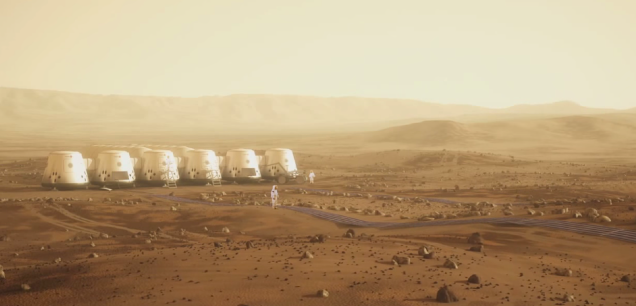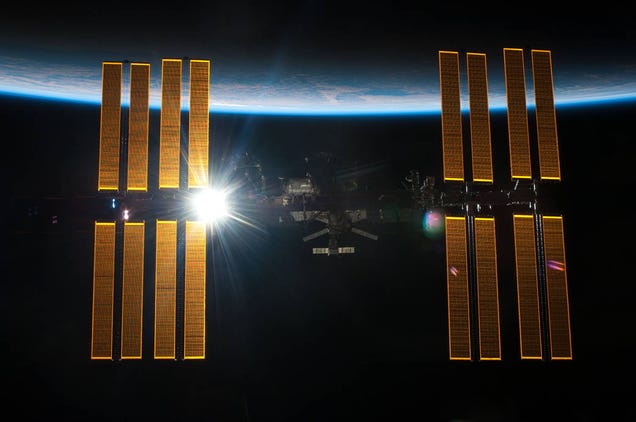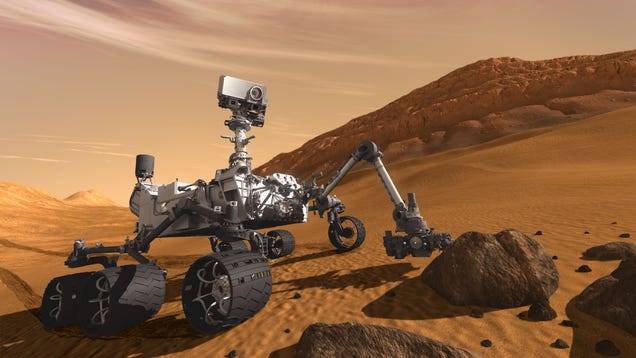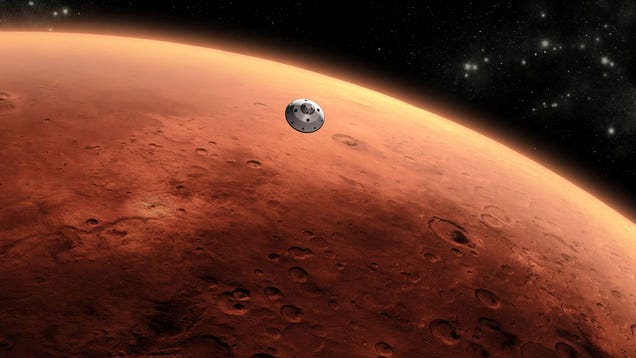Designing a rover to mine for water on Mars

The rover could soon have a home at a new space museum in Australia (Credit: SUTD/Gilmour Space Corporation)
Image Gallery (5 images)
Image Gallery (5 images)
Should we ever want to set up any sort of base or colony on Mars, it's inevitably going to require water to support life, but transporting enough liquids to the Red Planet is likely to be impractical. With NASA and others planning manned Mars missions, a team based in Singapore is already working on a specialized Martian rover that could be used to "mine" for water below the planet's crimson surface.
The Mars Aqua Retrieval System (MARS) is an early prototype of just such a prospecting rover, developed through a collaboration between the Singapore University of Technology and Design, and Australia's Gilmour Space Technologies.
The basic idea is to build upon discoveries made by Curiosity and the Phoenix Mars Lander, among others, that indicate water is present on the Red Planet, either buried in its soil or in non-liquid forms like ice. MARS is designed to extract the water from the soil, collect and store it.
According to detailed documentation of the project provided to Gizmag, various methods were considered for each step of the process, with the final concept involving the use of microwaves and a cold trap to separate and collect the liquid.
Each cycle of the water-collection process involves using a rather basic locomotion system with two powered wheels to move to the target area, then lowering a microwave unit over the ground and using it to heat up the area for 20 minutes. The resulting steam then enters collection pipes leading to a condenser bag where it condenses and drips into a collection box. The whole cycle will seem familiar to anyone who knows anything about the distillation process.
The team claims its been able to collect water from frozen soil at a rate of four grams per four minutes in tests.
With a meager budget of just US$10,000, the team managed to create a prototype designed to function on Earth using familiar components includingArduino and Raspberry Pi units, but with the ability to also withstand 30 percent of Mars' temperature and pressure conditions.
Gilmour Space CEO Adam Gilmour told Gizmag that details of the MARS design were sent to NASA and the space agency "replied back favorably."
While this particular prototype won't be leaving Earth's atmosphere anytime soon, it may be available for the public to view at a space museum, astronaut training facility and rocket factory that Gilmour is building north of Australia's Gold Coast.
The Mars Aqua Retrieval System (MARS) is an early prototype of just such a prospecting rover, developed through a collaboration between the Singapore University of Technology and Design, and Australia's Gilmour Space Technologies.
The basic idea is to build upon discoveries made by Curiosity and the Phoenix Mars Lander, among others, that indicate water is present on the Red Planet, either buried in its soil or in non-liquid forms like ice. MARS is designed to extract the water from the soil, collect and store it.
According to detailed documentation of the project provided to Gizmag, various methods were considered for each step of the process, with the final concept involving the use of microwaves and a cold trap to separate and collect the liquid.
Each cycle of the water-collection process involves using a rather basic locomotion system with two powered wheels to move to the target area, then lowering a microwave unit over the ground and using it to heat up the area for 20 minutes. The resulting steam then enters collection pipes leading to a condenser bag where it condenses and drips into a collection box. The whole cycle will seem familiar to anyone who knows anything about the distillation process.
The team claims its been able to collect water from frozen soil at a rate of four grams per four minutes in tests.
With a meager budget of just US$10,000, the team managed to create a prototype designed to function on Earth using familiar components includingArduino and Raspberry Pi units, but with the ability to also withstand 30 percent of Mars' temperature and pressure conditions.
Gilmour Space CEO Adam Gilmour told Gizmag that details of the MARS design were sent to NASA and the space agency "replied back favorably."
While this particular prototype won't be leaving Earth's atmosphere anytime soon, it may be available for the public to view at a space museum, astronaut training facility and rocket factory that Gilmour is building north of Australia's Gold Coast.














